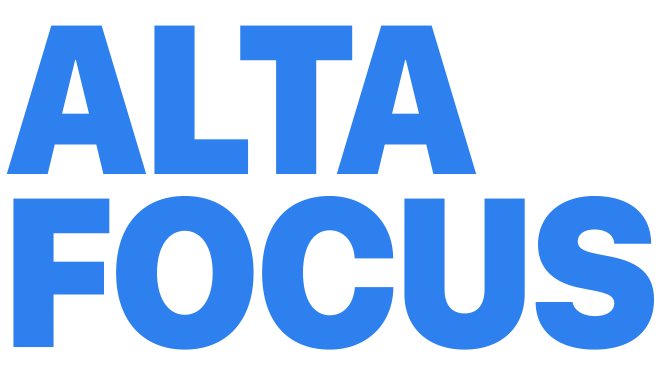The relationship between Bitcoin and Tethers and between Tethers and dollars is making for some fierce discussion on social media. RealVision President Travis Kimmel considered the matter in a thoughtful Twitter thread last week.
He describes RealVision as “simply the best source of financial knowledge and news on the planet.” Forbes editors, of course, might take issue with that.
In the interest of possibly advancing the discussion on the current state of crypto, I asked Travis if he’d answer a few questions about it and he agreed.
What’s the relationship between Bitcoin and Tether? Why has this become important?
To my mind, this is more of an open question than something I have a strong answer for. Tether has been used for some time now as dollar equivalent within the Bitcoin ecosystem, and what many inquiring minds would like to know is what backstops that dollar-per-tether value.
In a world where we have proof of reserves, and those reserves fit well-established norms, Tether would cease to be such an interesting conversation topic.
On your Twitter thread you said you’d like to see “the situation with Tether cleaned up.” What do you mean by this?
Travis Kimmel: As a fan of crypto and DeFi generally, what I’d like to see is a framework for how we think about and stablecoins (generally, not just Tether) and an established set of practices for auditing their reserves. In my view, establishing some common practices here would strengthen the overall integrity of the crypto ecosystem.
You said that “the Bitcoin ecosystem has clearly stated goals.” Could you explain what you mean by that?
Travis Kimmel: This may be a bit hyperbolic insofar as claiming that there is consensus within the ecosystem. But in terms of the common narratives within the space, the goal appears to be the creation of a distributed, non-sovereign monetary system that transcends borders and nation states.
You mentioned your belief that most people don’t understand the current monetary system very well. What do you mean?
Travis Kimmel: The common view that the Fed is “printing money” lacks finesse. There’s more subtlety going on here – quantitative easing might more properly be described as “transforming stored future-money with a duration component into zero duration money.” And yet the persistent narrative here is that the Fed is printing money without constraints, which is not entirely accurate.
Could you describe your thoughts about those who believe Bitcoin is an inflation hedge? Are they wrong?
Travis Kimmel: It’s difficult to say at this early stage. Thus far it has been an inflation hedge, but in my view there are certain quirks that make its long-term performance an open question.
One of these quirks is the need to “fund the network” by paying the electricity costs of the miners (who receive BTC for mining, and must sell for fiat in order to pay their electricity bills in fiat). This could, over time, create a mild headwind to prices.

You use the term “Tether printing” in a discussion about possible “alt dollar” proponents. Could you talk about that dynamic in the crypto world?
Travis Kimmel: Until we can know what Tether is backed by, it’s not clear whether Tether is simply an unconstrained form of fiat itself. When governments issue debt and increase the money supply, this debt is backed up by their ability to tax their citizenry to pay back the debt.
This system is constrained by the market’s view of the government’s ability to make good on that promise (which affects interest rates). When Tether increases the money supply, it is not quite clear what constrains that increase.
The claim is that each tether is backed by a dollar of assets, but since we’re dealing with the world of money it would be ideal to take a “trust but verify” approach. We need to figure out how to do the “verify” part so that everyone can have a reasonable understanding of the dynamics at play.
You said “What’s particularly curious in this case is that using a flawed mental model of the current monetary system to create a new alternate one is likely to have… well, unintended consequences.” For example?
Travis Kimmel: If one believes that the Fed is able to print money in an unconstrained manner, then one might believe that an alternate money system should be allowed to do the same.
Since I don’t take the view that the Fed’s actions are money printing, and also believe that unconstrained money printing can have negative externalities (like truly explosive asset price appreciation), this leads me to wonder how much of Bitcoin’s explosive price appreciation might be attributable to a lack of constraints in the system.
You have a philosophy degree? What’s the connection between that type of study and the complexities of the cryptocurrency world?
Travis Kimmel: Philosophy is a great way to become a disciplined thinker. Because the world of finance is infinitely complex, it demands a level of rigor that few other fields do. Philosophy is excellent training!
I do not hold positions in these investments. No recommendations are made one way or the other. If you’re an investor, you’d want to look much deeper into each of these situations. You can lose money trading or investing in stocks and other instruments. Always do your own independent research, due diligence and seek professional advice from a licensed investment advisor.
Originally published on Forbes.com







